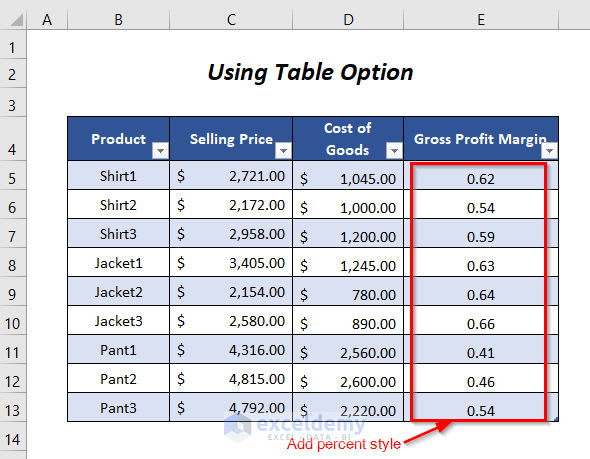Introduction:
In the world of forex trading, the concept of margin plays a pivotal role in unlocking the potential for substantial gains while managing financial risks. Margin represents the amount of capital a trader needs to deposit to open and maintain a position, acting as a form of collateral to secure the transaction. Understanding how to calculate margin percentage is crucial for forex traders, as it provides a clear picture of the leverage employed and its impact on potential profits and losses.

Image: www.forex.academy
Calculating Margin Percentage:
Calculating margin percentage in forex is a straightforward process that involves two key components: the value of the trading position and the margin requirement set by the broker. Let’s break down the steps involved:
Step 1: Determine the Contract Size:
The standard contract size in forex typically represents 100,000 units of the base currency. For instance, a standard EUR/USD contract represents 100,000 euros.
Step 2: Calculate Position Value:
To determine the position value, multiply the current market price by the contract size. For example, if EUR/USD is trading at 1.1000, the position value for a standard contract would be:
Position Value = 1.1000 (Market Price) x 100,000 (Contract Size) = 110,000 USD

Image: www.exceldemy.com
Step 3: Identifying Margin Requirement:
Forex brokers establish a margin requirement, expressed as a percentage of the position value. This requirement is typically between 1-5%. Consider a margin requirement of 2% for this example.
Step 4: Calculating Margin Percentage:
Now, it’s time to calculate your margin percentage:
Margin Percentage = Margin Requirement (%) x Position Value / 100%
Plugging in the values from our example:
Margin Percentage = 2% x 110,000 USD / 100% = 2,200 USD
Understanding Margin Percentage:
The margin percentage conveys critical information about your trading position:
Leverage:
Margin percentage represents the leverage employed in your trade. In this example, a 2% margin corresponds to 50:1 leverage, meaning that for every $2,200 of your margin, you have $110,000 of trading exposure.
Potential Gains and Losses:
Increased leverage amplifies both potential gains and losses. In our example, a 1% increase in EUR/USD value would yield a $1,100 profit on a 50:1 leveraged position. Conversely, a 1% decrease would lead to an $1,100 loss, potentially wiping out your margin if it’s fully utilized.
Expert Insights:
Experts recommend using leverage wisely. While higher leverage can enhance profits, it also increases risks. Employ leverage that aligns with your risk appetite and trading strategy. Additionally, consider using stop-loss orders to manage potential losses.
How To Calculate Margin Percentage In Forex
Conclusion:
Calculating margin percentage in forex is a vital step in understanding your trading instruments and risk exposure. It provides a clear view of the leverage employed and its impact on your potential profits and losses. The forex market offers ample opportunities, but






